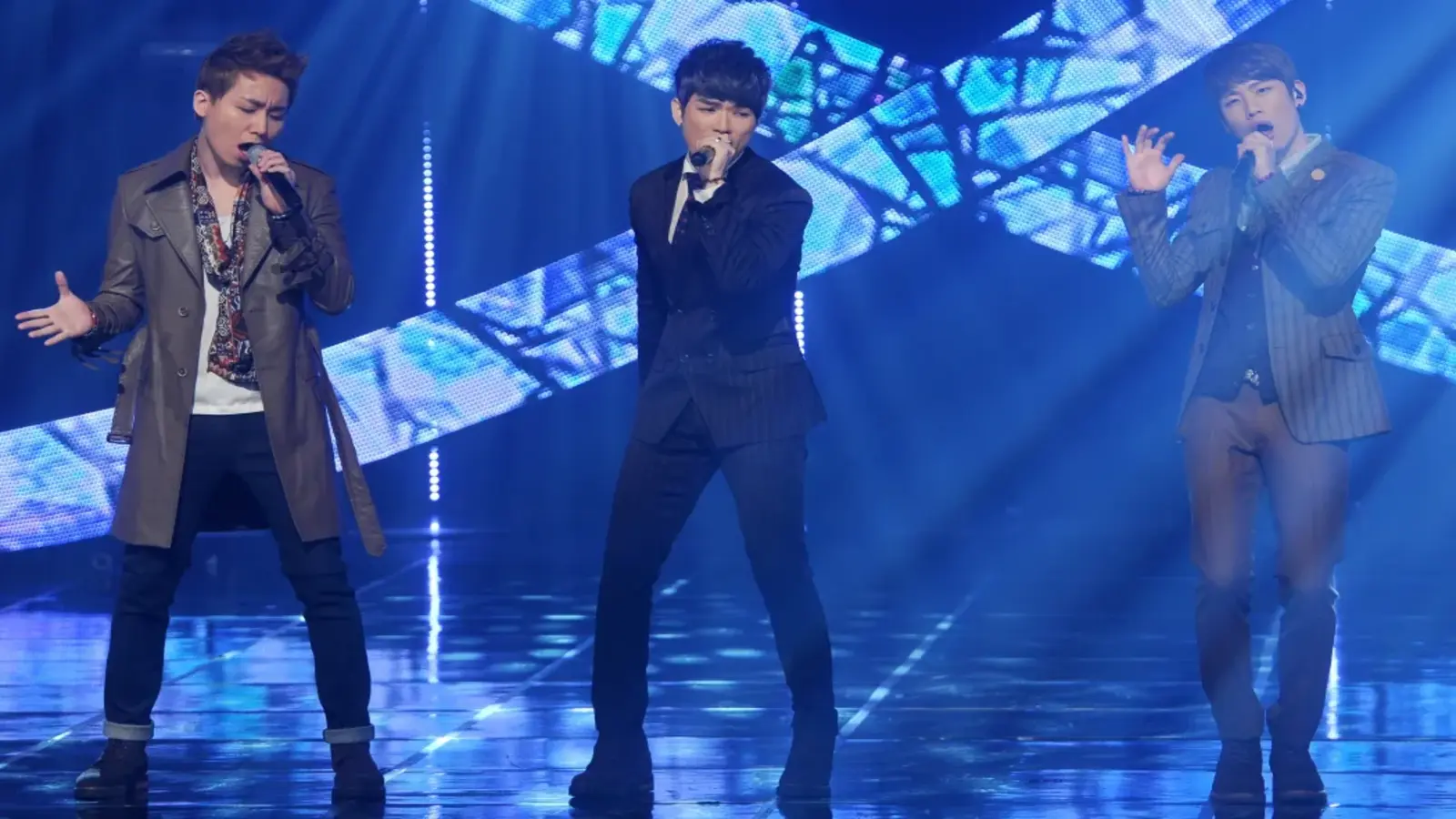K-pop, which stands for Korean popular music, has become a phenomenon throughout the world during the last twenty years. It is not that old; it used to be a niche musical genre before becoming the world cultural entity that it is at present. It used to be catchy tunes, polished choreography, and strong voices; nowadays, it has diversified into many subgenres for really diverse tastes and global audiences. The expansion into subgenres signifies only the versatility of the K-pop industry but also how K-pop is evolving as a global trend in music. Come Let’s see how the rise of K-pop subgenres and the distribution of K-pop on a widespread aspect.
Evolution of K-pop: From One Genre to Many
It would be safe to say that K-pop took most of shape in the early 1990s by inspiration directly from the West: American boy bands, girl groups, hip-hop. But with the passage of time, variety and mixing up came into being. K-pop artists started to add many traditional Korean elements to their sound. The results were ground-breaking, and K-pop has not limits anymore; it is an expanse of genres. It then became possible to have K-pop subgenres.
Some Popular K-pop Subgenres and Their Norms
Over time” K-pop has been becoming very famous, bringing with it almost sub-genre emergence-numbers of which are commonly defined features describing its myriad fans. Here’s a glimpse of some most popular K-pop subgenres.
K-pop Hip-hop
The most relevant among all is K-pop hip-hop, bringing the traditional K-pop into a Westernization of hip-hop/rapping. Undoubtedly, its best artists are Zico, Jay Park, and Ravi: introducing verses, trap beats, and daring lyricism into K-pop. This is sub- genre for those who like hip-hop swagger and angst, but want K-pop’s choruses and movement.
K-pop R&B
K-pop really considers R&B to be the hallmark inspiration; this influences smooth, soulful tracks, as experienced by many groups and artists from K-pop like EXO, Taeyang, and IU. Emotions are the common fluency behind many K-pop songs, leaving behind catchy hooks to make a contrast with the upbeat pop hits. Such popularity has therefore hiked the global demand of the sub-genre, especially coming from fans who enjoy music with deep emotional expression.
K-pop EDM
It is electronic dance music. Whenever it defeats out as the global phenomenon it was going to not be too long before K-pop would catch on with this high-energy genre. Groups such as EXO, NCT, and Stray Kids have employed significant EDM elements whereby synthesizers, bass drops, and high octane beats shake their songs. Hence, it has brought to life a combination of what K-pop visualizes with the zing of EDM. Club, concert, and music festival crowds love it.
K-pop Rock
K-pop rock has been on the move for the past few years, although still a very small sub-genre. FT Island, CNBLUE, and DAY6 are few examples of bands that mix rock instrumentation with K-pop melodic design and performance-oriented style. All these aspects, combined with guitar riffs, drums, and bass with clean production values of K-pop, would be sure to appeal to anyone who loves rock music and high-energy performances of K-pop. This genre did exceptionally well in particular in the audiences of Japan and some parts of Southeast Asia, where rock has always had its loyal fans.
K-pop Ballads
Another major type is that of the cat power ballad: a kind of emotional power ballad that has become quite a staple in K-Pop. Simply put, they also serve as great incentives for voice talents within K-Pop and they would just complement most of their lyrics, which are inspired by themes of love, heartache, and yearning. So, generally, these would be Kim Taeyeon, Park Hyo Shin, and Lee Hi. Some of the most amazing performances from them would move millions into tears, if not less. Some of these often orchestral pacing but not strictly built towards an acoustic arrangement with slow, powerful builds tugging at the heartstrings.
K-pop Funk Disco
K-pop has been witnessing the evolution of funk and disco in all the music these days with the different groups such as Red Velvet, TWICE, and SEVENTEEN. It includes groovy bass lines, catchy hooks, and an arrangement with lots of things to create an upbeat feel-good atmosphere. Here, one can find a rising emergence of come-back for funk-and-disco-inspired K-pop, thanks to its infectious grooves and throwback charm reminiscing the 1970s and 1980s.
K-pop Punk
It is less popular and probably most of them have not yet realized what is called K-pop punk. This rather unique sub-genre combines the frenetic, rebellious energy of punk rock with K-pop sensibilities. Some of the bands making waves with K-Punk are ATEEZ and The Boyz, with a clear semblance of well-distorted guitar riffs and lightning fast-tempo beats. The genre speaks very well to the younger generation of fans that yearned for a more energetic, aggressive representation of K-pop.
Importance of Proliferation of Sub-genres
This proliferation of sub-genres is indeed more than a trend in music; it shows how flexible the genre can be in melding itself to the contemporary movements in music from the rest of the world. Some of those reasons are as follows:
Widening Global Market Reach for K-pop
By their eclecticism in adopting several sub-genres, they have made K-pop close to possibly every market in the globe. No matter what diverse culture or musical background the fans come from, many will find something that talks to him or her within K-pop. Hip-hop, “disco” EDM, or R&B: K-pop is now indeed one of the genres breaking out of the traditional bounds.
Showcasing your artistic versatility
The kinds of the diversity of subgenres will bring to light even more the talent versatility of K-pop idols and producers due to being a subgenre to be limited only to one genre. K-pop embraces many sounds or allows experimentation, hence the freedom to reach the different demographic areas.
Influencing Global Music Trends
Around the globe, K-pop is going to turn the whole idea of using multiple subgenres into reality. The genres of K-pop start oozing into the boundaries of mainstream music as the influence of K-pop spreads. The movement arising from the cross-point of K-pop and EDM is currently a source of inspiration in popular and dance music across western markets, while the K-pop dip into rock and funk breathed new life in those genres around the globe.
A Genre that Knows No Bounds
The growth of subgenres in K-pop can prove how dynamic and innovative the genre has grown to be. Unlike pop, which is sort of contained in its definition, thus “one-size-fits-all” because of what K-pop has become, it has really become a melting pot of sounds that includes hip-hop, R&B, EDM, rock, and punk music that help define audiences worldwide. Apart from setting that difference, fusion continuously evolves and pushes boundaries, thereby making this music a leading force the world over.
As K-pop is turning, these new subgenres will definitely fill the pages with experiments as it gets fresher and more exciting in the context of music and relevance. Overall, K-pop can count itself as having a very fruitful future, with its growth in tapping into new sounds and musical territories meaning the influence of the genre will only increase in scale.




